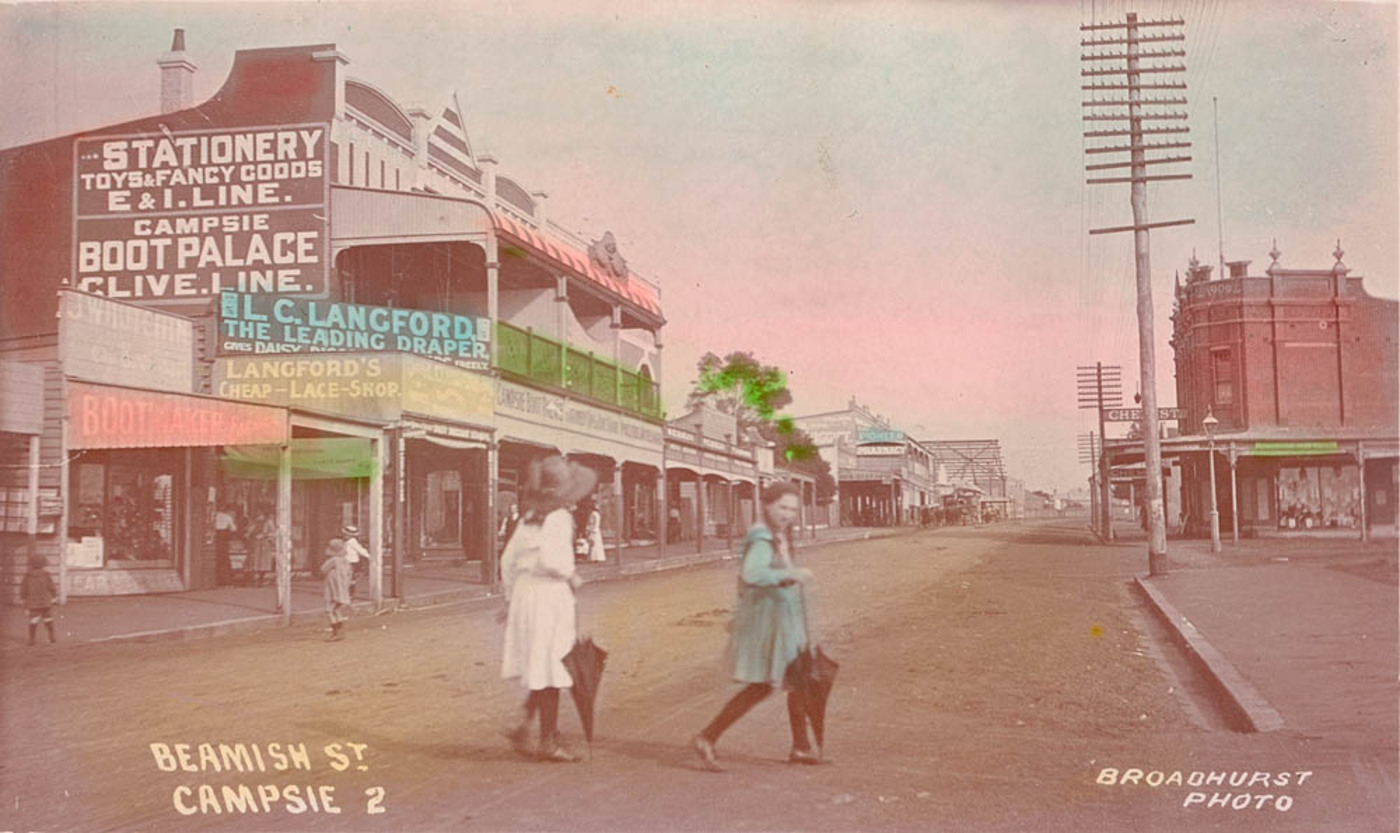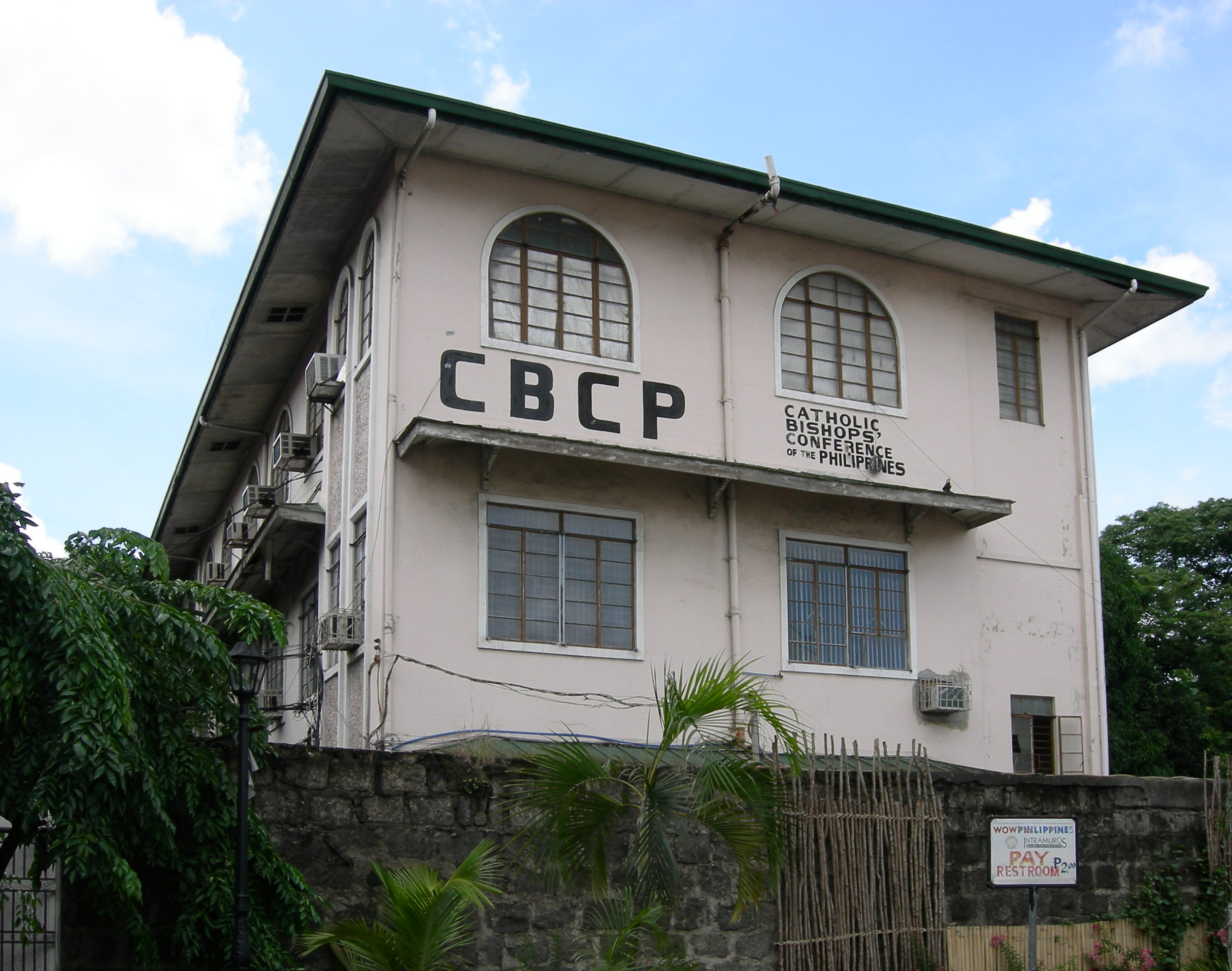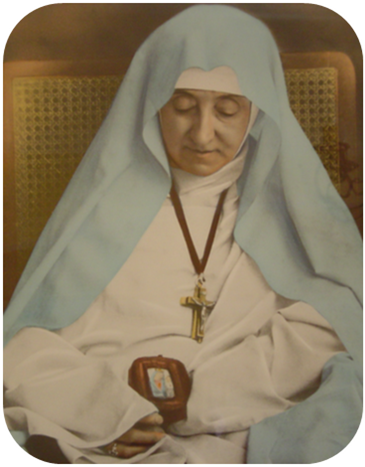|
Patrick Dougherty (bishop)
Patrick Dougherty (21 November 1931 in Kensington, New South Wales – 30 August 2010 in Bathurst, New South Wales), an Australian suffragan bishop, was the seventh bishop of the Roman Catholic Diocese of Bathurst, serving for 25 years from 1983 until his retirement in 2008. Early years and background The second of four sons (three of whom became priests) born to William and Madge Dougherty, Dougherty was educated at Our Lady of the Rosary school, Kensington and Waverley College, before completing his secondary education at St Columba's College in Springwood in 1948. He commenced studying for the priesthood, and in 1950 progressed to St Patrick's Seminary, Manly and then Propaganda College, Rome where he was ordained a priest by Archbishop Pietro Sigismondi on 7 December 1954. In 1957 Dougherty obtained his Doctorate of Divinity in spiritual theology from the Pontifical Urban University in Rome, and immediately returned to Australia and was appointed assistant priest of St. Me ... [...More Info...] [...Related Items...] OR: [Wikipedia] [Google] [Baidu] |
Roman Catholic Bishop
In the Catholic Church, a bishop is an Holy Orders, ordained Minister (Catholic Church), minister who holds the fullness of the Sacraments of the Catholic Church, sacrament of Holy orders in the Catholic Church, holy orders and is responsible for teaching doctrine, governing Catholics in his jurisdiction, sanctifying the world and representing the Church. Catholics trace the origins of the office of bishop to the Apostles in the New Testament, apostles, who it is believed were endowed with a special charism and office by the Holy Spirit at Pentecost. Catholics believe this special charism and office has been transmitted through an apostolic succession, unbroken succession of bishops by the laying on of hands in the sacrament of holy orders. Diocesan bishops—known as eparchs in the Eastern Catholic Churches—are assigned to govern local regions within the Catholic Church known as dioceses in the Latin Church and Eparchy, eparchies in the Eastern Churches. Bishops are collecti ... [...More Info...] [...Related Items...] OR: [Wikipedia] [Google] [Baidu] |
Campsie, New South Wales
Campsie is a suburb in the state of New South Wales, Australia. Campsie is 11 kilometres south west of the Sydney central business district, on the southern bank of the Cooks River. Campsie is one of the administrative centres of the City of Canterbury-Bankstown. History Campsie was named after the Campsie parish in Stirlingshire, Scotland. Aboriginal culture Indigenous Australians lived in this area for thousands of years. In 1770, the land along the Cooks River was explored by officers from HM Bark ''Endeavour''. European settlement In the early days of European settlement, the land in this area was mostly used for farming. The southern parts of Campsie were part of the Laycock estate that extended to most of Kingsgrove. The area between South Campsie and the Cooks River was known as the Redman estates. John Redman was granted in 1812 and he later purchased the area to the east, which was a land grant of to Thomas Capon in 1817. The railway was completed in 1895, enc ... [...More Info...] [...Related Items...] OR: [Wikipedia] [Google] [Baidu] |
Macedonia (Roman Province)
Macedonia ( grc-gre, Μακεδονία) was a province of the Roman Empire, encompassing the territory of the former Antigonid Kingdom of Macedonia, which had been conquered by Rome in 168 BC at the conclusion of the Third Macedonian War. The province was created in 146 BC, after the Roman general Quintus Caecilius Metellus defeated Andriscus of Macedon, the last self-styled king of Macedonia in the Fourth Macedonian War. The province incorporated the former kingdom of Macedonia with the addition of Epirus, Thessaly, and parts of Illyria, Paeonia and Thrace. During the Republican period, the province was of great military significance, as the main bulwark protecting the Aegean region from attacks from the north. The Via Egnatia, which crossed the province from west to east was of great strategic importance, providing the main overland link between Rome and its domains in the Eastern Mediterranean. In this period, campaigns against the Dardani and Scordisci to the north and t ... [...More Info...] [...Related Items...] OR: [Wikipedia] [Google] [Baidu] |
Titular See
A titular see in various churches is an episcopal see of a former diocese that no longer functions, sometimes called a "dead diocese". The ordinary or hierarch of such a see may be styled a "titular metropolitan" (highest rank), "titular archbishop" (intermediary rank) or "titular bishop" (lowest rank), which normally goes by the status conferred on the titular see. Titular sees are dioceses that no longer functionally exist, often because the territory was conquered by Muslims or because it is schismatic. The Greek–Turkish population exchange of 1923 also contributed to titular sees. The see of Maximianoupolis along with the town that shared its name was destroyed by the Bulgarians under Emperor Kaloyan in 1207; the town and the see were under the control of the Latin Empire, which took Constantinople during the Fourth Crusade in 1204. Parthenia, in north Africa, was abandoned and swallowed by desert sand. Catholic Church During the Muslim conquests of the Middle Eas ... [...More Info...] [...Related Items...] OR: [Wikipedia] [Google] [Baidu] |
Lete (Mygdonia)
Lete ( grc, Λήτη or Λητή) was an ancient city in Mygdonia, Macedon and Roman Catholic titular see in the Roman province of Macedonia. History Lete is known by its coins and inscriptions, mentioned in Ptolemy (III, xiii), the Pliny the Younger (IV, x, 17), Harpocration, Stephanus Byzantius and Suidas in Antiquity and in the Middle Ages in Nicephorus Bryennius (IV, xix). The spelling "Lite" is incorrect and comes from iotacism. According to Theagenes's ''Macedonica'' the town was named after the Greek goddess Leto, who was worshipped in a sanctuary near Lete. Marsyas of Philippi mentions it many times in book 6 of Makedonika ( grc, Μακεδονικά). In its necropolis was found the Derveni papyrus. Lete appears in some ''Notitiæ episcopatuum'' of a late period as suffragan of the Archbishopric of Thessalonica, later united to the See of Rentina. Lete and Rentina even had Greek (Orthodox) bishops until the eighteenth century. Lete became the small village of ... [...More Info...] [...Related Items...] OR: [Wikipedia] [Google] [Baidu] |
Titular Bishop
A titular bishop in various churches is a bishop who is not in charge of a diocese. By definition, a bishop is an "overseer" of a community of the faithful, so when a priest is ordained a bishop, the tradition of the Catholic, Eastern Orthodox and Oriental Orthodox churches is that he be ordained for a specific place. There are more bishops than there are functioning dioceses. Therefore, a priest appointed not to head a diocese as its diocesan bishop but to be an auxiliary bishop, a papal diplomat, or an official of the Roman Curia is appointed to a titular see. Catholic Church In the Catholic Church, a titular bishop is a bishop who is not in charge of a diocese. Examples of bishops belonging to this category are coadjutor bishops, auxiliary bishops, bishops emeriti, vicars apostolic, nuncios, superiors of departments in the Roman Curia, and cardinal bishops of suburbicarian dioceses (since they are not in charge of the suburbicarian dioceses). Most titular bishops ... [...More Info...] [...Related Items...] OR: [Wikipedia] [Google] [Baidu] |
Roman Catholic Archdiocese Of Canberra And Goulburn
The Roman Catholic Archdiocese of Canberra and Goulburn is a Latin Rite archdiocese located in the Australian Capital Territory, and the South West Slopes, Southern Tablelands, Monaro and the South Coast regions of New South Wales, Australia. Erected in 1948, the archdiocese is directly subject to the Holy See. St. Christopher's Cathedral at Manuka is the seat of the Catholic Archbishop of Canberra and Goulburn. On 12 September 2013 it was announced that the Bishop of Sale, Christopher Prowse, had been appointed as the next Archbishop of Canberra and Goulburn. Archbishop Prowse was installed on 19 November 2013. History The diocese of Goulburn was established in 1864 to serve the needs of the scattered rural, overwhelmingly Irish, Catholics of the south coast, southern highlands and south-west slopes of New South Wales. On 5 February 1948 the diocese was redesignated an archdiocese. Bishops Ordinaries of Canberra and Goulburn ;''Bishops of Goulburn'' The following indi ... [...More Info...] [...Related Items...] OR: [Wikipedia] [Google] [Baidu] |
Episcopal Conference
An episcopal conference, sometimes called a conference of bishops, is an official assembly of the bishops of the Catholic Church in a given territory. Episcopal conferences have long existed as informal entities. The first assembly of bishops to meet regularly, with its own legal structure and ecclesial leadership function, is the Swiss Bishops' Conference, which was founded in 1863. More than forty episcopal conferences existed before the Second Vatican Council. Their status was confirmed by the Second Vatican Council and further defined by Pope Paul VI's 1966 ''motu proprio'', ''Ecclesiae sanctae''. Episcopal conferences are generally defined by geographic borders, often national ones, with all the bishops in a given country belonging to the same conference, although they may also include neighboring countries. Certain authority and tasks are assigned to episcopal conferences, particularly with regard to setting the liturgical norms for the Mass. Episcopal conferences receive ... [...More Info...] [...Related Items...] OR: [Wikipedia] [Google] [Baidu] |
List Of Roman Catholic Dioceses (structured View)
As of October 5, 2021, the Catholic Church in its entirety comprises 3,171 ecclesiastical jurisdictions, including over 652 archdioceses and 2,248 dioceses, as well as apostolic vicariates, apostolic exarchates, apostolic administrations, apostolic prefectures, military ordinariates, personal ordinariates, personal prelatures, territorial prelatures, territorial abbacies and missions ''sui juris'' around the world. In addition to these jurisdictions, there are 2,100 titular sees (bishoprics, archbishoprics and metropolitanates). This is a structural list to show the relationships of each diocese to one another, grouped by ecclesiastical province, within each episcopal conference, within each continent or other geographical area. The list needs regular updating and is incomplete, but as articles are written, more will be added, and various aspects need to be regularly updated. Map Types of Catholic dioceses This refers to Catholic dioceses in the world, of all (Latin o ... [...More Info...] [...Related Items...] OR: [Wikipedia] [Google] [Baidu] |
Sisters Of The Little Company Of Mary
The Little Company of Mary is a Roman Catholic religious institute of women (also referred to as the Blue Sisters) dedicated to caring for the suffering, the sick and the dying. The order was founded in 1877 in Nottingham, England by Venerable Mary Potter. This religious institute is distinct from Company of Mary–an institute for men (also Roman Catholic) founded by Saint Louis de Montfort in 1713–and the Sisters of the Company of Mary, Our Lady–a women's religious order founded by Saint Jeanne de Lestonnac in 1607. History The Little Company of Mary began in 1877, in an abandoned factory in Hyson Green, Nottingham. Their principal work was the care of the sick and dying.Patrick, Mother Mary. "Sisters of the Little Company of Mary." The Catholic Encyclopedia Vol. 14. ... [...More Info...] [...Related Items...] OR: [Wikipedia] [Google] [Baidu] |





